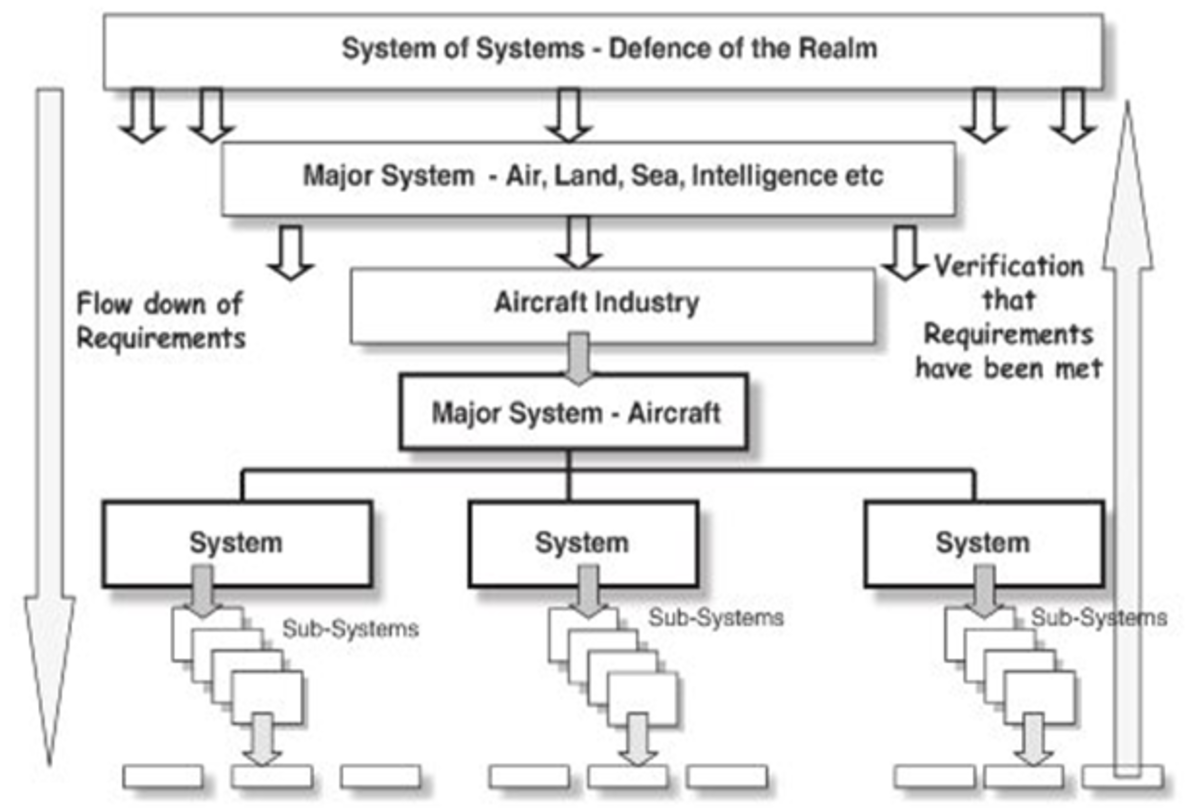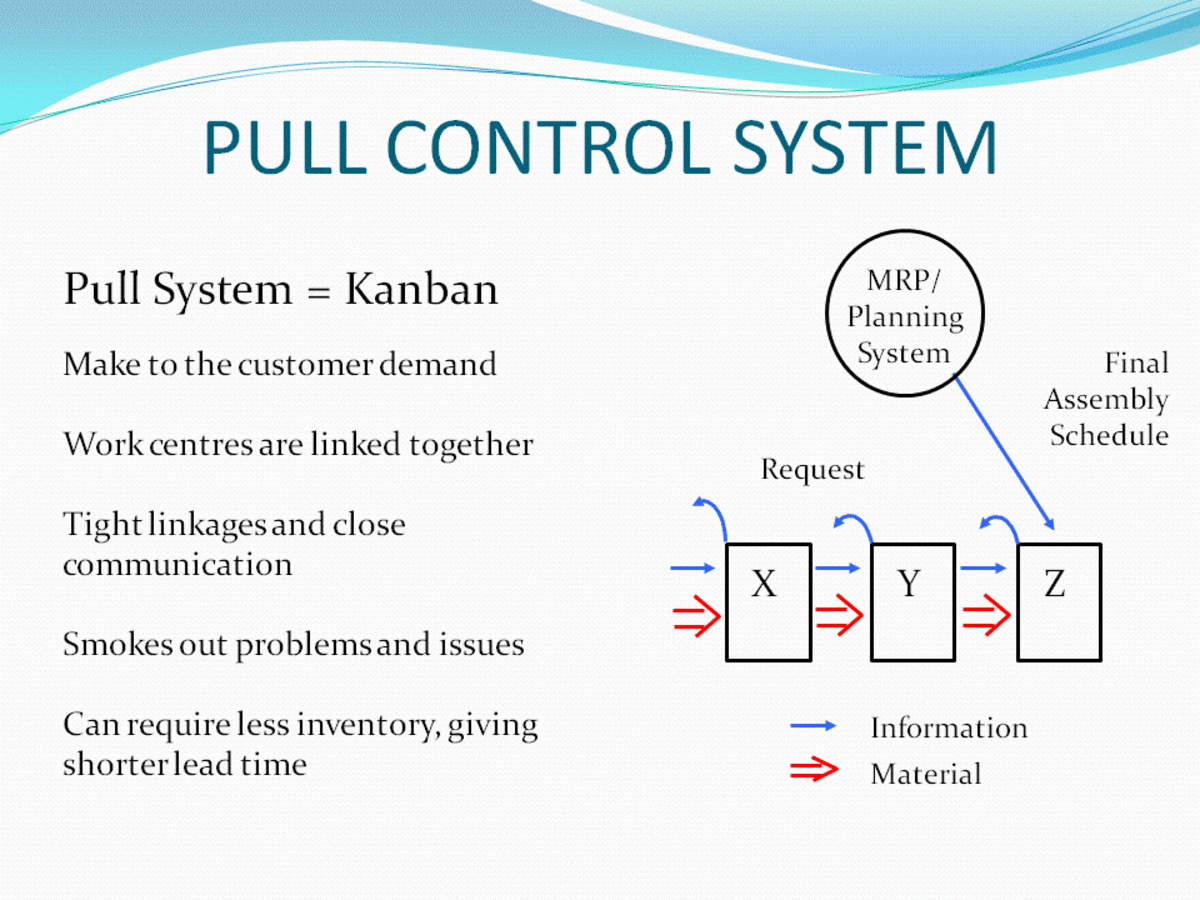The Role of Modeling in Systems
Why is Modeling Important?
Modeling in engineering systems is almost always vital to its success, regardless of the scale or application of said system. They are used to analyze how forces, either external or internal, will affect a system, and the consequences it entails. These models are then adjusted to try and find ways to counter those forces, until a suitable model exists that a system can be based off of. Models aren’t necessarily there to predict the future, rather a way to understand the resulting emergence under the situations the product will be in.

An Engineering Example
An example I’ve worked on in the past is a base for a rope to be tethered to. This base would be screwed in to a wall or floor, whichever the situation requires, and a tether would be either tied on or hooked on. Either way, there would be a number of forces acting on this base at any given moment. Therefore, the product would have to be strong/sturdy. Ideally, it would be light enough to put on walls. If the product was to be mass produced, it would have to be easily manufacturable. These are all factors that my model would look at.
A relatively new technology that is available to the common engineer is Generative Design. I used this feature in Fusion 360, and it used a form of AI to design the ideal model of the base. For those of you that haven’t used this feature, over the course of a couple hours Fusion designs anywhere between a few and hundreds of models, and based off of the forces and restrictions you set upon it, ranks them in terms of strongest, easiest to manufacture, and amount of material. It shows that models can vary significantly, and can be optimized to fit whatever requirements you need.
A Non-Engineering Example
A non-engineering related example that comes to mind is a study that a friend of mine performed last summer. She made a model of people’s responses to a new technology being introduced, and categorized them on age, location, and if they’ve had a product similar in the past. While I am unaware of her findings, this information could be very useful to companies who want to see how the public will react to their product, and where to focus their advertising. This lightly touches upon the concept of a limiting factor, something author Donella H.Meadows goes into detail about in Part Two of "Thinking in Systems". The limiting factor is “the input that is most important to a system” and business models can help identify those. Recording people’s reactions and making models can identify if, for example, the product isn’t innovative enough, or if the size is too large, or the camera isn’t good enough. The product may be well established in cities, but has a hard time reaching those who live in the countryside, etc. Companies can work off of this information to better their business.
Modeling is vital to the betterment of products and businesses alike.
A major difference between the two models, is the stage at which the product is at. For engineering, modeling is typically done before the final product. This allows for any flaws to be sorted out and fixed before the product is made and sold. For businesses, modeling the ergonomics (I think that’s the right phrase but feel free to correct me) and people’s reactions to a product typically come well after the product is announced or even released. This allows the company to see where to focus on the next product, and what people are asking for. For example, Apple announcing a new iPhone. They can only get people’s reactions after they announce the drastic changes that they have made - getting rid of the earbud jack, no home button, better camera, larger screen, etc. This kind of modeling allows for feedback, and Apple has even released the same phones at later dates after adding a home button or making a smaller model.
That being said, a similarity between the engineering model and the non-engineering model is that they are both used for improvement. They model how a product will be received in use, and the kind of scenario they will encounter whether it’s wildly fluctuating forces or a very enthusiastic market. They let engineers or businessmen know to use a stronger material or to prepare for a larger production. All in all, modeling is vital to the betterment of products and businesses alike.








